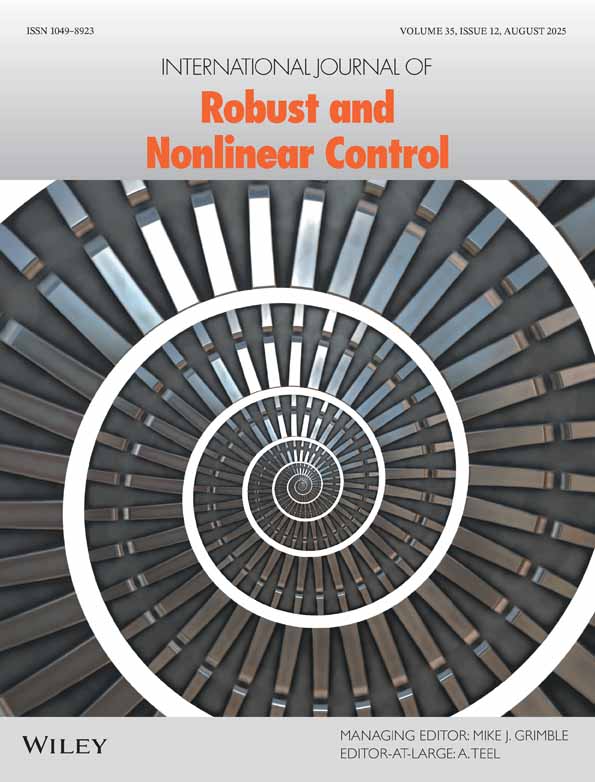Residual vibration suppression using Hankel iterative learning control
Abstract
In this paper, we present a new approach for suppression of residual vibrations in point-to-point motions based on lifted iterative learning control (ILC). The approach is to add a signal to the command input during the point-to-point motion in order to compensate for residual vibrations. A special form of ILC with separate actuation and observation time windows is shown to converge to the required signal. Subsequently, we present ILC control strategies for residual vibration suppression in which convergence and performance specifications can be designed separately. Additionally, the designed controllers have the capability to constrain the amplitude of the command signal. The presented strategies are demonstrated on a flexible system and shown to be successful in the suppression of residual vibration while minimizing the maximum amplitude of the command signal. Copyright © 2007 John Wiley & Sons, Ltd.




